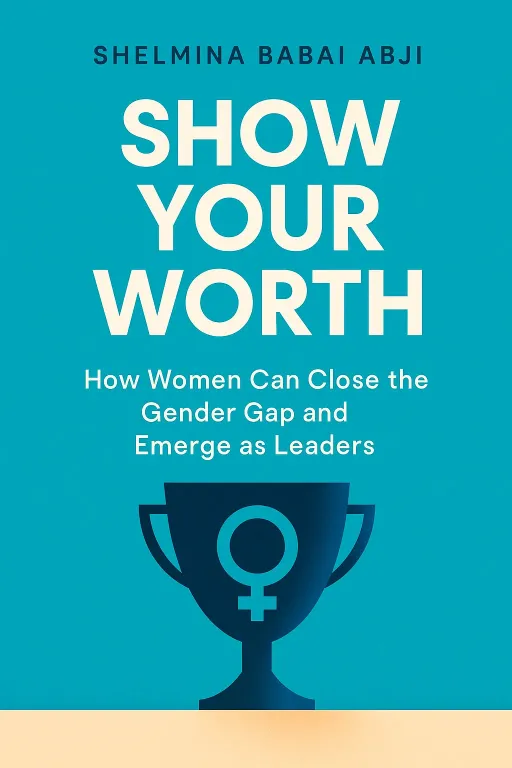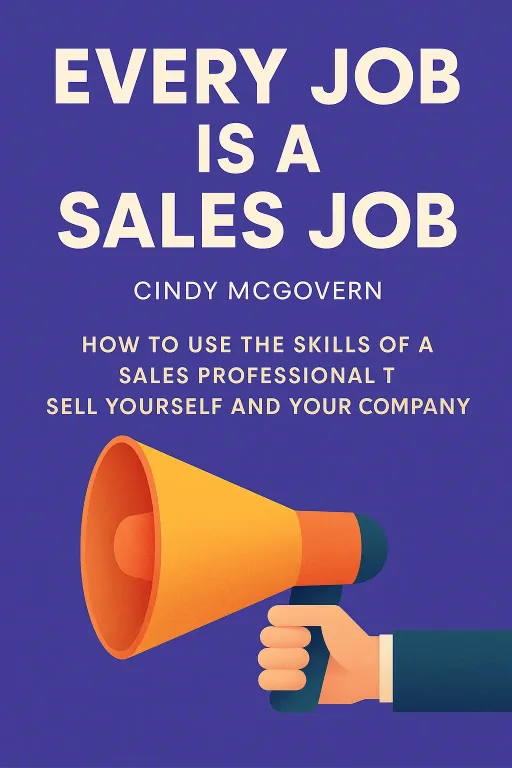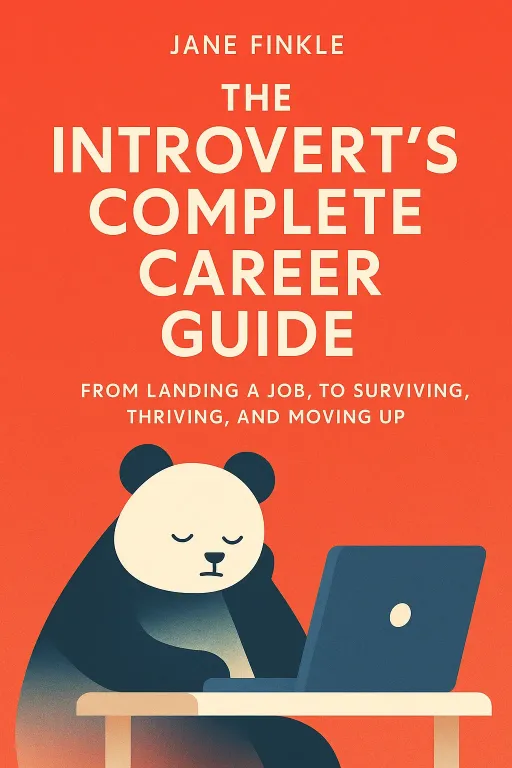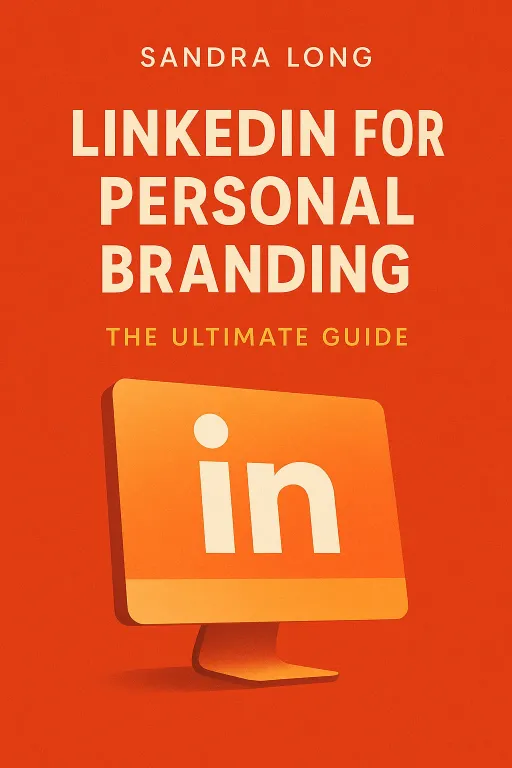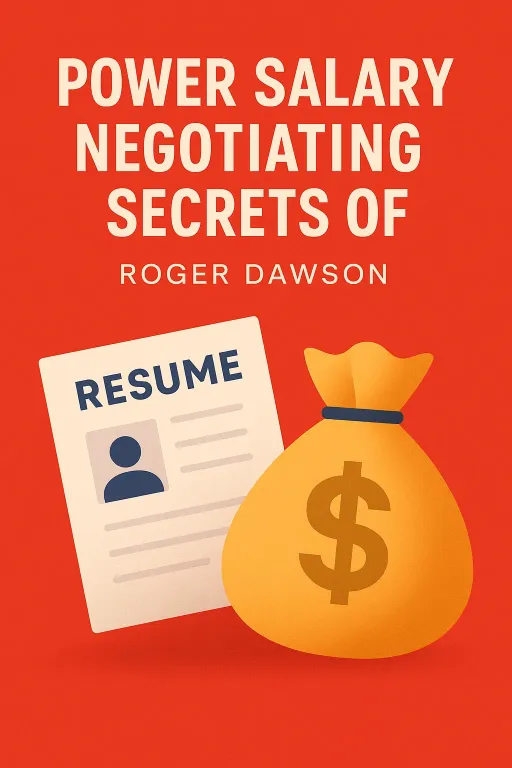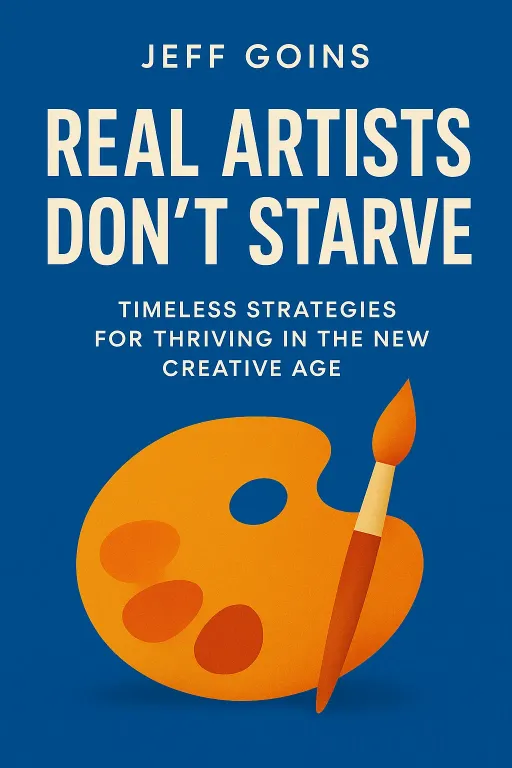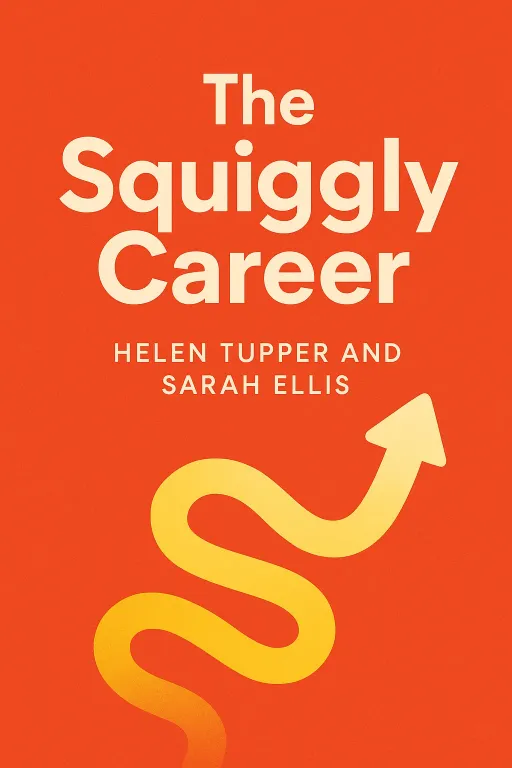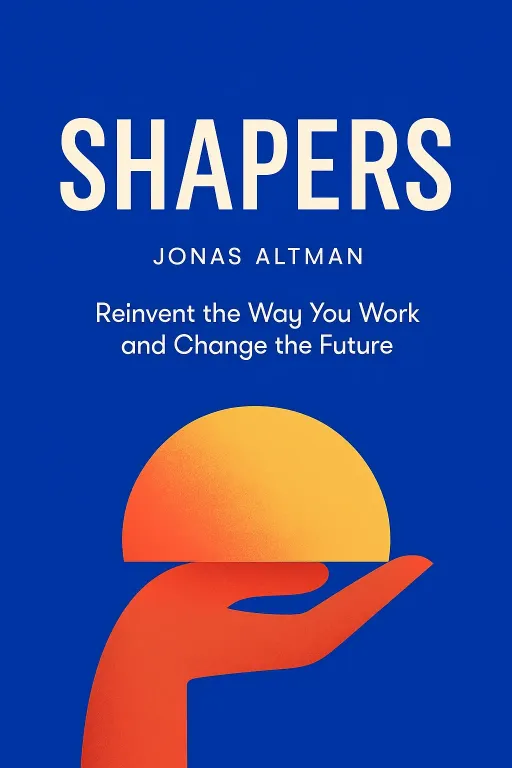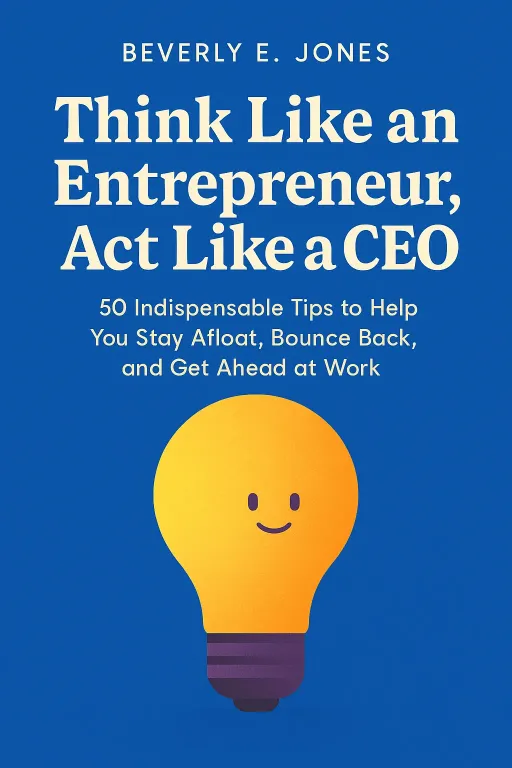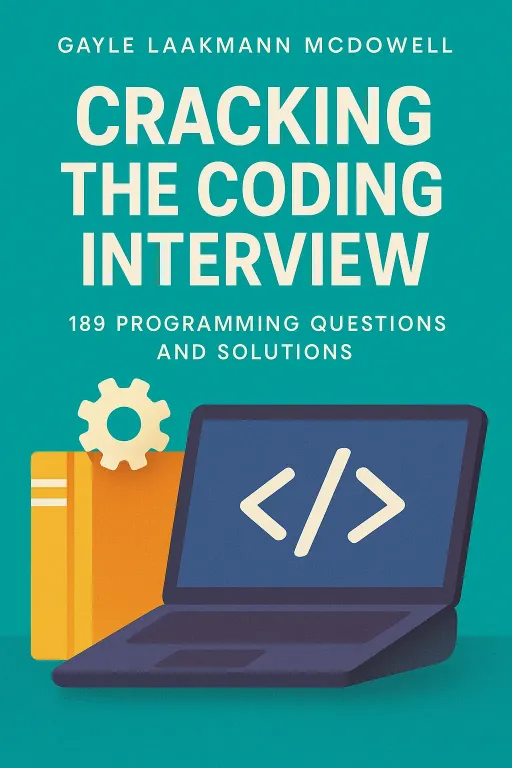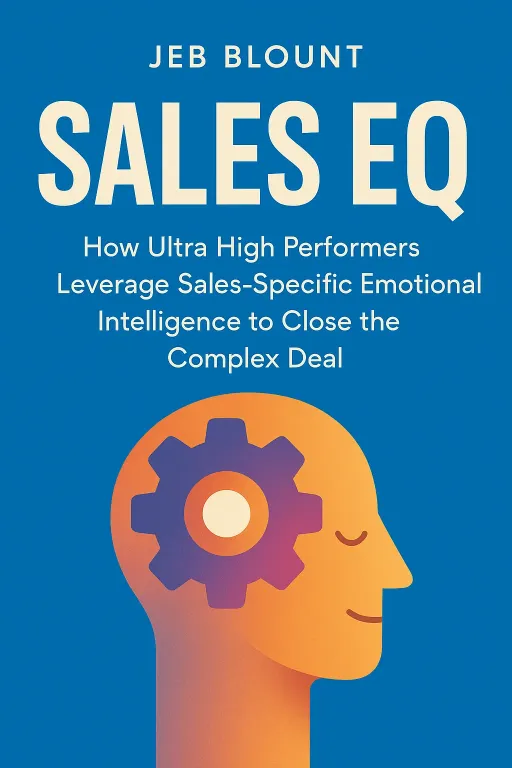
The Human Algorithm: Cracking the Code of Influence with Sales EQ
10 minGolden Hook & Introduction
SECTION
Nova: Aixjdj, you've been there. I think anyone in a leadership role has. You've spent weeks, maybe months, building the perfect product roadmap. The data is undeniable, the logic is flawless, every feature is justified... and yet, you walk into a meeting with your stakeholders and you just hit this wall of resistance. It feels completely irrational, right?
Aixjdj: It’s a feeling I know all too well. You present this airtight case, and the response you get is based on… something else. A feeling, a past experience, a political dynamic you can't quite put your finger on. It can be incredibly frustrating when logic doesn't carry the day.
Nova: Exactly! Well, what if I told you that's because we're often playing the wrong game? That's the core argument in Jeb Blount's incredible book, "Sales EQ," which, despite its title, is really a masterclass for anyone who needs to influence others. Today, we're going to dive deep into this from two perspectives. First, we'll challenge the supremacy of logic and explore 'The Emotional Override'—why our feelings almost always trump the facts in any big decision.
Aixjdj: I’m already intrigued. That’s a direct challenge to how many of us, especially in finance and tech, are trained to think.
Nova: It is! And then, once we've established that, we'll equip you with what we're calling 'The Influence Blueprint'—a powerful, practical framework from the book for mapping and winning over the key people you need to make any project a success. This isn't about manipulation; it's about genuine connection and strategic empathy. Ready to dive in?
Aixjdj: Absolutely. Let's do it.
Deep Dive into Core Topic 1: The Emotional Override
SECTION
Nova: Great. So, let's start with that frustrating feeling when your logic fails. The book argues that this happens because people don't buy products, ideas, or roadmaps. They buy feelings. They make decisions emotionally and then use logic to justify that emotional choice afterward. There's a fantastic story in the book that brings this to life, called "The Mysterious Brown Bag."
Aixjdj: Okay, I'm hooked. Tell me more.
Nova: So, picture this. There's a young, ambitious 23-year-old sales rep named Art. He's trying to lease a fleet of trucks to a man named Mr. Colaizzi, the proud owner of the Colaizzi Baking Company. Art's company has better trucks and better service, but they're more expensive. And Mr. Colaizzi is completely stuck on the price. He keeps saying, "Your competitor is cheaper, why should I pay more?" Art is getting nowhere, just hitting a brick wall of logic—or what seems like logic.
Aixjdj: I can feel the pain. That's the classic "we can't afford it" or "it's not in the budget" response that can kill a project.
Nova: Precisely. So, Art goes to his mentor, a sales legend named Joe. Joe listens, smiles, and says, "I'll handle it." The next day, Joe takes Art to a grocery store. He buys two things: a loaf of cheap, generic supermarket white bread, and a beautiful, crusty loaf of Colaizzi Italian bread. He puts them both in a mysterious brown paper bag.
Aixjdj: Okay, this is not what I was expecting. Where is he going with this?
Nova: Right? They go to Mr. Colaizzi's office. Joe puts the bag on the desk and pulls out the two loaves of bread. He looks Mr. Colaizzi in the eye and says, "Mr. Colaizzi, I'm confused. Your bread here costs three times as much as this supermarket bread. Why would anyone pay more for your bread when this one is so much cheaper?"
Aixjdj: Oh, that's brilliant. He’s turning the tables completely.
Nova: Completely! And Mr. Colaizzi, the proud baker, just erupts. He goes on this passionate, emotional rant about the quality of his ingredients, the family recipe passed down through generations, the smell, the texture, the pride his customers feel when they serve his bread. He's not talking numbers; he's talking about identity, quality, and emotion.
Aixjdj: He’s selling his own product, from the heart.
Nova: Exactly. And after Mr. Colaizzi finishes his passionate defense, Joe just smiles, leans forward, and delivers the killer line. He says, "Mr. Colaizzi, that's exactly what we've been trying to tell you about us. We are the Colaizzi bread of truck leasing."
Aixjdj: Wow. That's a checkmate moment. He didn't win with a better spreadsheet of truck specs or a lower price. He won by connecting to Mr. Colaizzi's own values and emotions. He made him feel the difference in value, rather than just see it on paper.
Nova: That's the whole point! He spoke the prospect's language. He bypassed the logical objection and went straight for the emotional core. For us in product management, it's a huge lesson. We often lead with the feature list, the data, the ROI calculations. But maybe we need to find the 'Colaizzi bread' analogy for our stakeholders. What's the story that will make the engineering lead feel the pride of solving a deep customer problem, not just completing a ticket?
Aixjdj: That’s a powerful reframe. It’s about translating our logical value proposition into their emotional language. We need to sell the 'why' in a way that resonates with their own sense of pride and purpose, not just our project goals. That story makes it crystal clear.
Deep Dive into Core Topic 2: The Influence Blueprint
SECTION
Nova: Exactly. And that's the perfect bridge to our second big idea. Once you accept that you're in the business of selling feelings and speaking people's emotional language, the very next question is, who are you selling to? Because in any complex project, it's never just one person. This is where the book gives us a fantastic tool: The Influence Blueprint, which is a framework for mapping your stakeholders.
Aixjdj: Okay, so we're moving from the 'why' of emotion to the 'how' of strategy. As an analytical person, I love a good framework.
Nova: You'll love this one. Blount breaks down stakeholders into five key personas, using the acronym BASIC. It stands for Buyers, Amplifiers, Seekers, Influencers, and Coaches.
Aixjdj: BASIC. Okay, break that down for me.
Nova: Sure. 'Buyers' are the ones who can actually sign the check or approve the project. They hold the formal authority. 'Amplifiers' are people who are highly respected and can champion your cause, spreading your message throughout the organization. 'Seekers' are the ones sent to gather information—they might not have power, but they report back to those who do. 'Influencers' are the subject matter experts. They might not have formal power, but their opinion carries immense weight. If they say a project is technically unsound, it's probably dead.
Aixjdj: I'm already picturing people in my organization for each of those roles. The senior engineers are definitely the 'Influencers'.
Nova: Right! And the last one, 'C' for 'Coaches', is the most valuable. A coach is your inside person. They believe in you and your project, and they give you the behind-the-scenes information—the political landscape, the hidden objections, the real priorities. They help you navigate the organization.
Aixjdj: This is incredibly useful. It's a system for understanding the political and social dynamics of a project. As a Product Manager, I can immediately see how this applies. The 'Buyer' might be my director who approves the resources. But I've seen projects die because the PM ignored a key 'Influencer' on the security team. And I've seen projects fly because a respected 'Amplifier' in marketing got excited and built momentum for it.
Nova: That's it exactly. The book's point is that ultra-high performers don't just stumble into these relationships. They actively map them. They ask, "Who is the Buyer? Who are the Influencers I need to win over? Who can be my Amplifier? And who can I cultivate as a Coach?"
Aixjdj: You know, it makes me think of the historical figures I admire, like Ruth Bader Ginsburg. She was a master of this. To win a case at the Supreme Court, she couldn't just have the best legal argument. She had to understand the entire stakeholder map—the other justices, their clerks, their judicial philosophies, the political climate. She was strategically building consensus by understanding her 'BASIC' map. It's the same principle of influence, just on a national scale.
Nova: What a fantastic connection! That's a perfect example of leadership through influence. She knew that to change the system, she had to understand the people within it, deeply and strategically. It’s not just about being right; it’s about building a coalition. And you can't build a coalition if you don't know who the players are and what they truly care about.
Aixjdj: It really drives home that these 'sales' skills are actually leadership skills. It's about orchestrating a positive outcome by understanding the human algorithm at play.
Synthesis & Takeaways
SECTION
Nova: The human algorithm—I love that. And I think that perfectly synthesizes our two big ideas today. It’s a powerful one-two punch. First, from the 'Mysterious Brown Bag' story, we learn to embrace the Emotional Override. We have to recognize that we're in the emotion business, and our logic and data are there to support an emotional decision, not create it.
Aixjdj: Right. We have to find the 'Colaizzi bread' in every pitch.
Nova: Exactly. And second, once we accept that, we need a strategy to navigate that emotional landscape. The BASIC framework gives us that Influence Blueprint. It’s a tool to move beyond just talking to the official 'decision-maker' and start strategically engaging the entire ecosystem of people who will make or break our projects.
Aixjdj: It’s a powerful mental shift. I think for anyone in a role like mine, the biggest takeaway is to change how you prepare. For my next big project, I'm not just going to build a deck full of data. My first step is going to be mapping my stakeholders using the BASIC framework. I'm going to consciously identify who I think the Influencers and Amplifiers are.
Nova: And what about a Coach?
Aixjdj: And I'm going to actively look for a potential Coach—someone I trust who can give me that crucial context. Then, when I do build the presentation, it won't just be about the 'what'. I'm going to find the story that makes them feel the 'why'. It’s about moving from being just a product manager, who manages a backlog, to a product leader, who inspires action and leads change.
Nova: That is the perfect way to put it. From manager to leader. Aixjdj, this has been an incredibly insightful conversation. Thank you so much for breaking this down with us.
Aixjdj: The pleasure was all mine. This has given me a lot to think about and, more importantly, a lot to act on.
